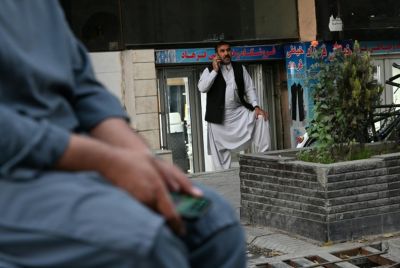Cry England and St George: 600 years on The Battle of Agincourt celebrated

Fought on a muddy field in France on St Crispin's Day, 25 October 1415, 600-years on the Battle of Agincourt is still celebrated as one of England's most stunning military successes. Immortalised by Shakespeare, King Henry V is unlikely to have spoken the words "Cry 'God for Harry, England, and Saint George,' attributed to him by the playwright.
But the 28-year-old king, two-years into his reign and just seven years before his death aged 35, did lead his troops into battle. Henry V who claimed the title of King of France, invaded after negotiations broke down with the French over the rightful owner of the crown.
While he would have been prepared to renounce his claim for lands and money, as well as the hand in marriage of Princess Catherine, the young daughter of Charles V, by 1415 the talks had ground to a halt. Given money and permission by the English parliament to recover his crown he set off for Normandy in Northern France.
But his campaign stumbled at the strategic port of Harfleur which held out for almost a month under siege. The English army also suffered many casualties through disease. As sickness claimed lives and with the campaign season coming to an end it might have been sensible to return to England.
But with only one port to show for his troubles it might have looked like defeat, so instead Henry opted to march his bedraggled troops to the English stronghold of Calais. While the French had been unable to raise an army in time to come to port Harfleur's aid, as Henry's army approached Calais their soldiers were ready and they began to block his route.
With his army exhausted and demoralised, its numbers depleted by dysentery, the last thing Henry wanted was a battle, so he marched his men away from the French troops heading south to hunt for a place to cross the River Somme.
But there was no way to avoid them forever and as they trudged north again the French army was waiting, trapping them on a muddy field between the woods of Azincourt and Tramecourt. It left Henry no choice but to attack.
Estimates on troop numbers vary, but historians believe Henry had somewhere in the region of 6,000 to 8,000, mostly longbow archers. Estimates place French numbers between 12,000 and 30,000.
However, the recently ploughed land hemmed in by dense woodland favoured the English, both because of its narrowness and because of the thick mud which the French knights had to walk through.
What he said to his troops has become the stuff of Shakespearian legend but Henry is known to have placed archers on the flanks and ordered them to put sharpened wooden stakes along their front line.
It was they who caused the most damage, raining down arrows on the French forces as they advanced. Yet there was also a brutal medieval melee. Swords, spears, hammers and horse charges as the armies slugged it out.
Their attacks on the centre of the English line had turned into a killing ground, yet when they widened their attack they met similar resistance. At the battle's height, when Henry expected an attack on his rear that never materialised, he ordered newly captured prisoners killed.
Agincourt was filthy, horrible and merciless, but six centuries on, it is still celebrated as a golden moment in England's history.
© Copyright IBTimes 2025. All rights reserved.





















